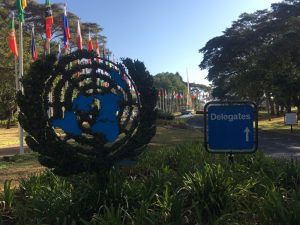
Citizen Science at UNEA4 As GigaScience has the aim of opening and democratising science as far as it can go, we even work towards the involvement of non-professional “citizen scientists” in the scientific process.

Citizen Science at UNEA4 As GigaScience has the aim of opening and democratising science as far as it can go, we even work towards the involvement of non-professional “citizen scientists” in the scientific process.
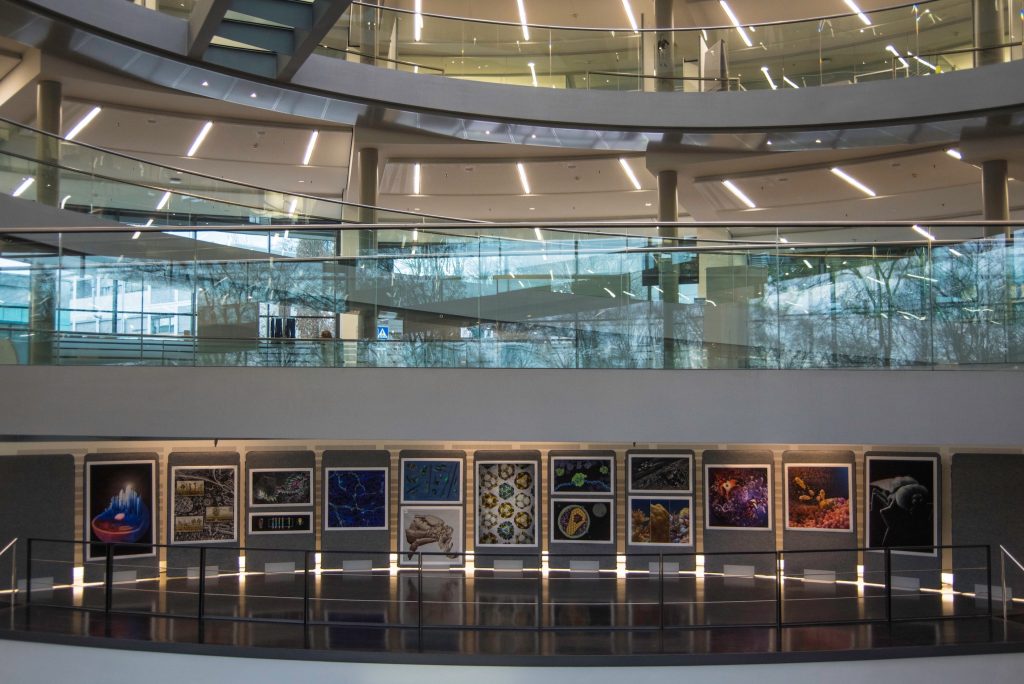
The 10th anniversary of the EMBO Workshop: Visualising Biological Data (VIZBI 2019) took place in EMBL in Heidelberg last week. GigaScience Data Scientist Chris Armit was there and was astonished at the cinematic quality of the visualisations that were showcased over this 3-day meeting.
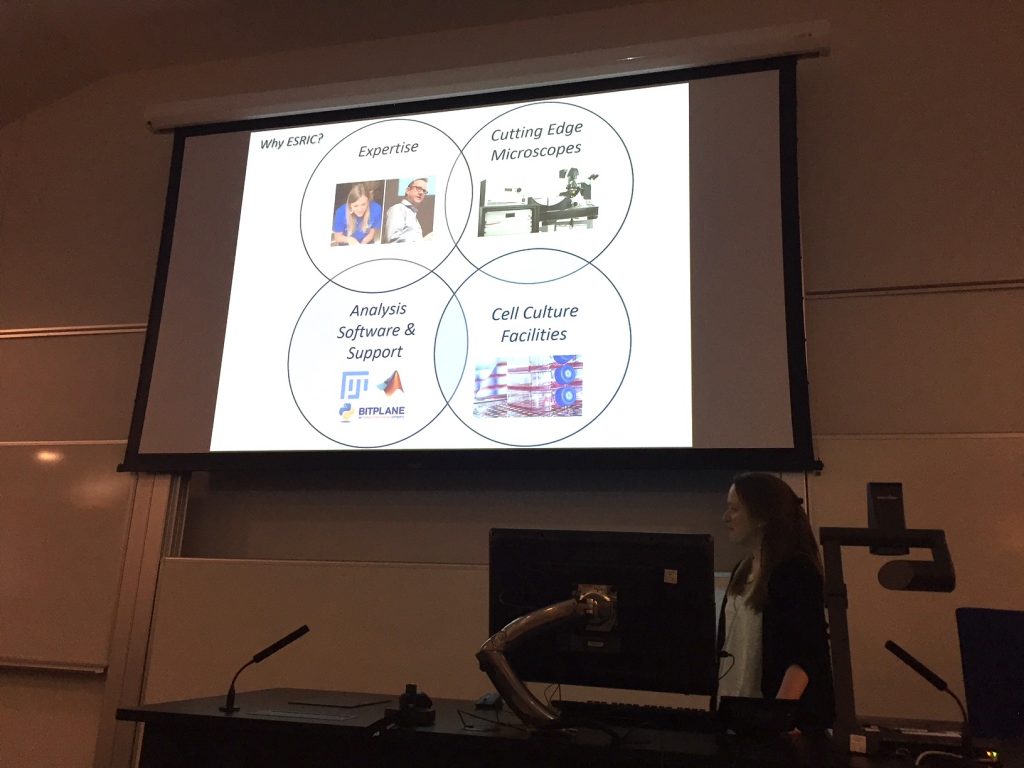
The diffraction limit of a microscope hinders the ability to see single molecules as the optics do not allow the researcher to distinguish between two fluorescently labelled molecules that are less than 200nm apart. As a means of overcoming this barrier, super-resolution microscopy utilises various tricks to go beyond the diffraction limit and image sub-cellular nanostructure in cells and tissues.
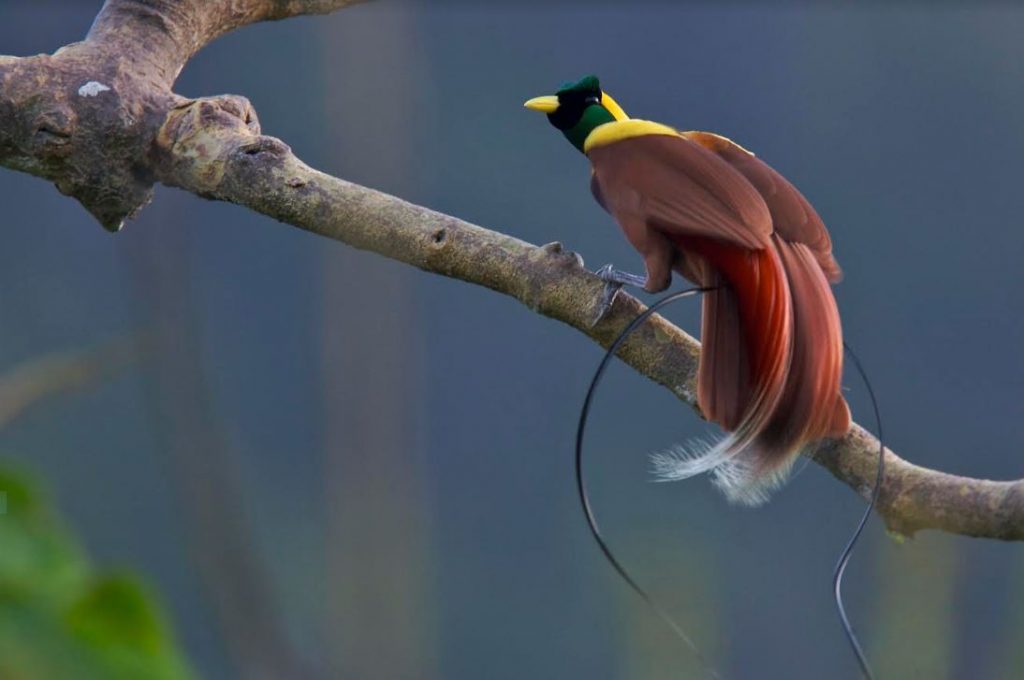
New genomic data from five birds-of-paradise reveal genes that are shaped by selection and help explain the origin of their spectacular plumage. Birds-of-paradise, with their elaborate and colorful feathers and their complex courtship displays, are a school-book example of sexual selection.
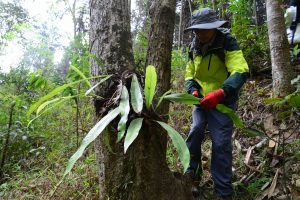
Dr Yang Tuo collecting in Ruili, CC-BY Our Biggest Dataset Yet. Oh, Ruili? * A new Data Note* provides genome sequencing data that effectively triples the number of plant species with available genome data.

Assuring Appropriate Authorship. In our day-to-day work at GigaScience many of the most common and reoccurring problems we keep encountering relate to appropriate authorship. In this “publish or perish” world of science, getting authorship right is of course important.
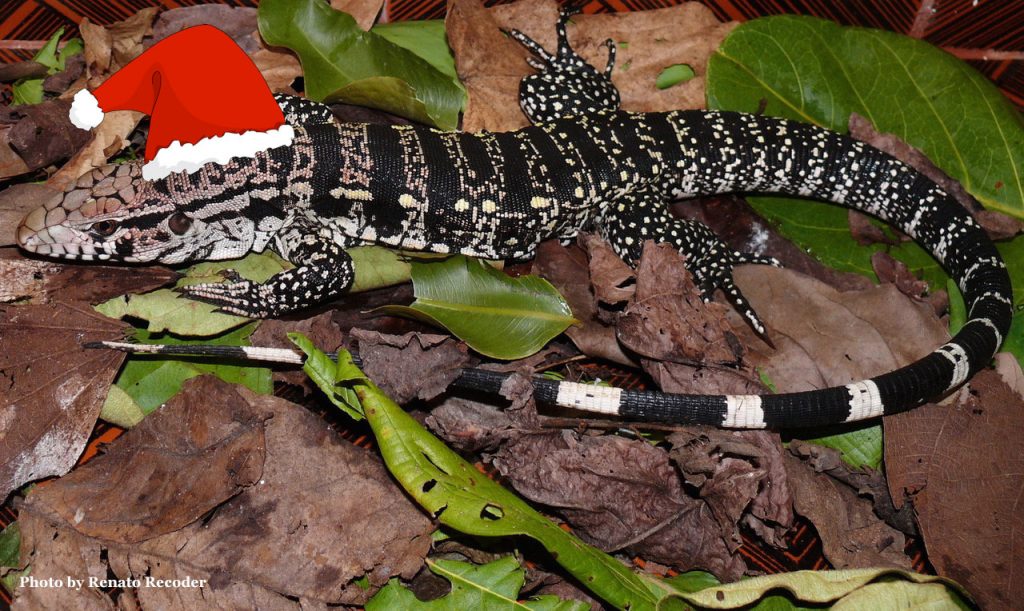
2018 was yet another eventful year at GigaScience. Before most of the editors and data curators take a few days of well-earned break from handling Giga-papers and Giga-data, it’s time to look back over this year’s highlights – of which there are many. Prizes were handed out and received, we travelled to conferences all over […] The post Prizes given and received, and other 2018 highlights appeared first on GigaBlog.
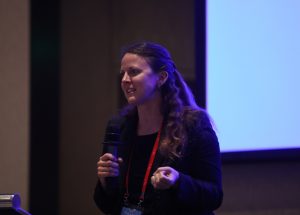
Yesterday we published the winning paper of the second GigaScience prize, with additional detail and coverage in GigaBlog describing why we and the judging panel found it so novel. This was an impressively case study in reproducibility, reassembling & reannotating around 700 microbial eukaryotic transcriptomes to demonstrate this approach can aid in revealing new biologically relevant findings and missed genes from old data.

*Out today is the winner of our ICG13 Prize, presenting work that can aid in revealing new biologically relevant findings and missed genes from previously generated transcriptome assemblies. Teaching old data new tricks, and maximising every last nugget of information from previously funded research.

Pressing Challenges for the Global Research Community Continuous growth of the world population is expected to double the worldwide demand for food by 2050. Eighty-eight percent of countries currently face a serious burden of malnutrition, especially in Africa and South-East Asia.
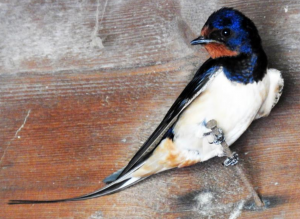
While they say one swallow doesn’t make a spring, one swallow genome makes a welcome contribution to the avian genome club. Taking advantage of the latest genomic and optical mapping technologies, a team of Scientists from the University of Milan, California State Polytechnic University and the University of Pavia, have carried out the high quality sequencing of the barn swallow genome, published today in Gigascience.